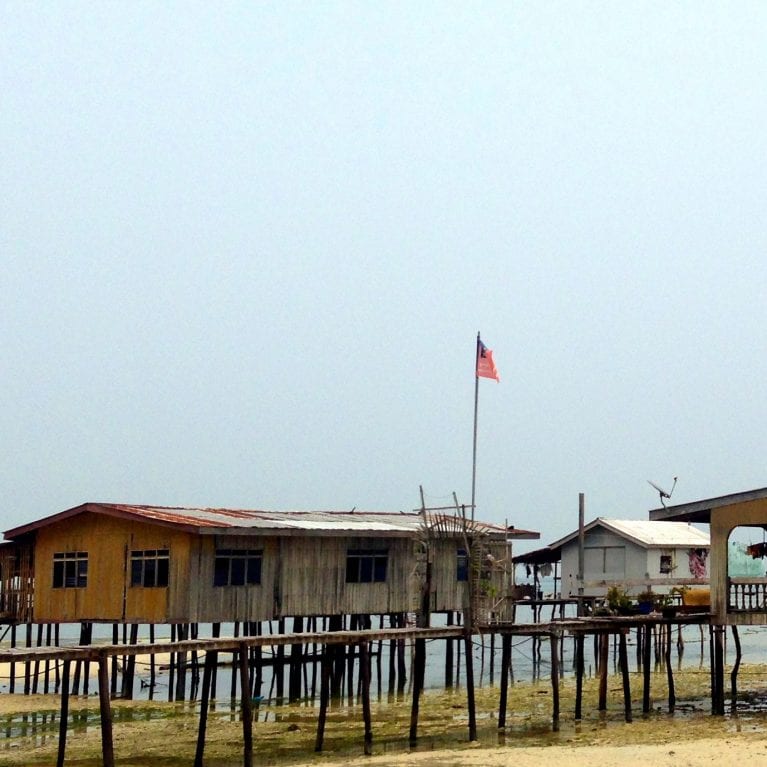Manta network Philippines
We know very little about manta and mobula rays in the Philippines. Shannon is working with fishers, divers, researchers and ordinary Filipinos to create a knowledge base that will help us to protect these vulnerable animals.

The state of Mobulid rays in the Philippines
Building a comprehensive country-level picture of manta and mobula ray distribution, fishing and trade pressures through diver surveys, marketplace data collection and community-level investigation.
Country- and species-level data are desperately needed to deepen our understanding of the status of both manta and mobula rays, as well as the increasing pressures exerted upon these highly vulnerable species that by all indications are disappearing from the oceans at a concerning rate. Without this more specific data it is very difficult to argue effectively for greater national and international protection and fisheries management.
The Philippines is an archipelago with more than 7,100 islands. It is an ocean nation with territorial seas that cover more than seven times its land area. More than 60% of Filipinos live in coastal areas with in excess of two-million people making their living directly from ocean resources; fish is the main source of protein for the majority of the country. The Philippines is located at the heart of the Coral Triangle and is considered one of the most biodiverse oceanscapes in the world. It is home to both manta ray species and many species of mobula rays (often called devil rays).
Rays have been fished traditionally in some areas for centuries, however, it is the suspected increase in landings to supply the gill-plate trade that is most concerning. Most of this catch is illegal, unregulated and unreported. The Philippines has an excellent Fisheries Code, however, it has struggled to implement the act, especially at the municipal government level, which has responsibility for waters within 15 kilometres of the mainland. This is where the majority of fishing takes place. According to reported catch data, most rays that are landed come from municipal waters.
To date studies and research on rays in the country has been limited to just a few areas. This project aims to increase our understanding of the situation throughout the country. One of the keys to moving forward with management, monitoring and protection measures for mobulid rays is building a multi-scale knowledge base about the distribution, exploitation and trade at the international, regional, country and local levels. This project is designed to work with a wide network of researchers, students, divers and fishers incorporating citizen-science methods, engaging a diverse network in conservation awareness and working to build a supportive constituency. An integral part of the project is working with students and professors throughout the country to map landings and markets selling rays and to carry out the on-the-ground research surveys. Not only will this allow us to cover more of the country over time, it creates hands-on opportunities for students to learn applied research skills and get them involved and excited about conservation work. Data collection at markets is very important to understand which species are being affected and the socio-economics of the trade in ray products.
Working with local dive operators, divers and tourists is also a key component of this project. Long-renowned as a one of the best diving areas in the world, accessing diving is becoming easier in the Philippines and in recent years there has been a massive growth in awareness about marine issues and people are eager to support conservation initiatives. Ray sightings are important draws for many dive operations and there is increasing concern that rays are harder to spot. This project aims to build an interactive map of reported sightings by divers and photos to add to the Manta Trust’s ID gallery and database. This in-water data is essential to understand distribution of species and to begin to identify individuals to better estimate population status. It is also an opportunity to engage a concerned constituency, understand the importance of rays to tourism economics, investigate ways to capitalise on tourism opportunities with healthy ray populations and build support for ray conservation.
Working with local researchers and building trust with fishing communities is also important as we collect data to characterise ray fisheries. Since conservation regulations have a socio-economic impact for fishers, it is important that the research is participatory and transparent so that regulatory solutions and opportunities that arise from tourism can be community-led.
- Identify the species and numbers of manta and mobula rays being landed at key sites and investigate the supply chain through market surveys.
- Build a national mobulid ray sighting and identification map populated by divers.
- Create fisheries profiles including catch, effort, gear type, fishers’ observations and socio-economic information.
- Training and involvement of diverse groups in marine conservation.
- Creation of outreach materials to disseminate findings and raise awareness.
